
Amadeo de Souza-Cardoso (1887-1918)
Lévriers / Os Galgos, Inv. 77P1

Lévriers / Os Galgos, Inv. 77P1
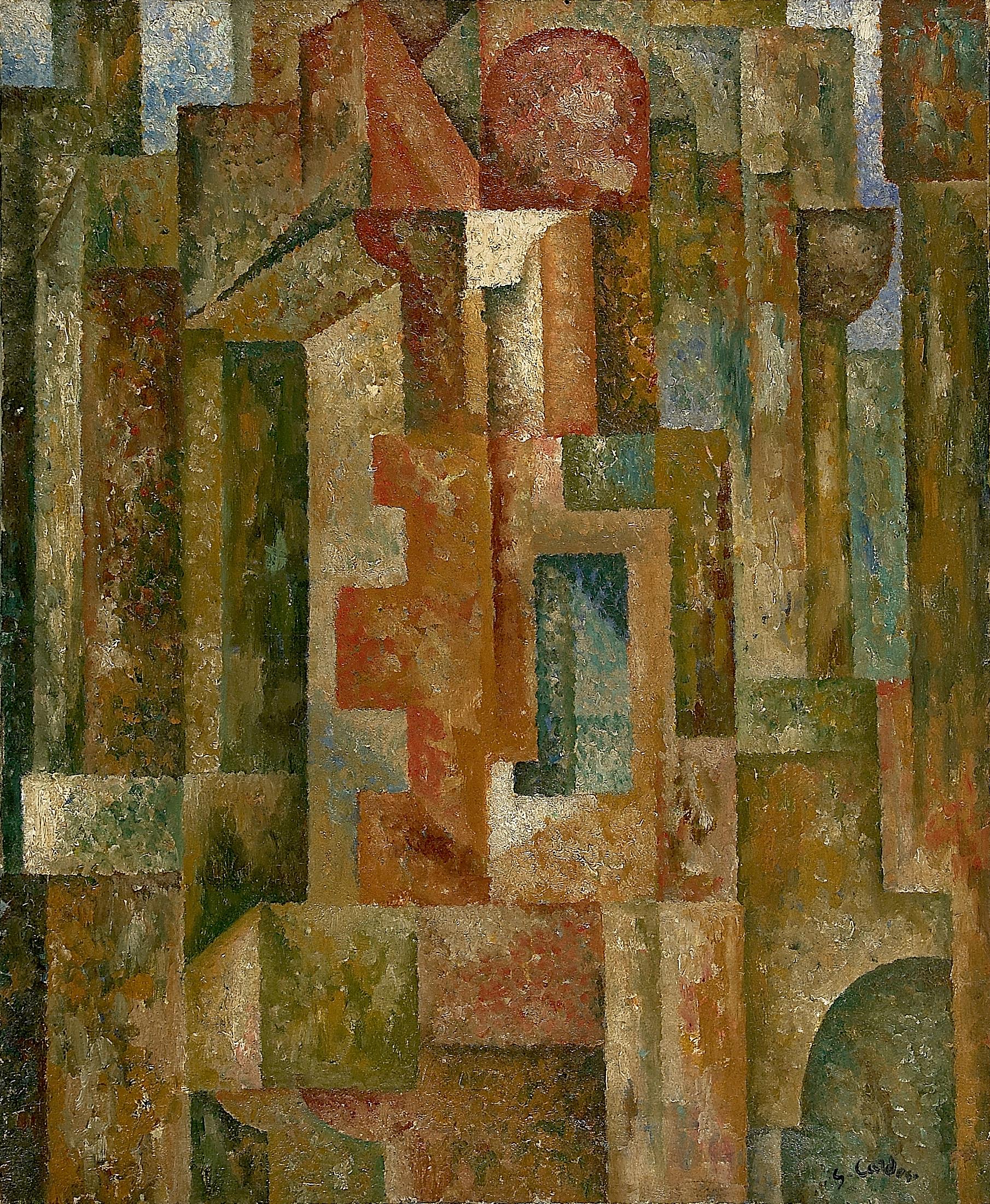
Título desconhecido, Inv. 77P12
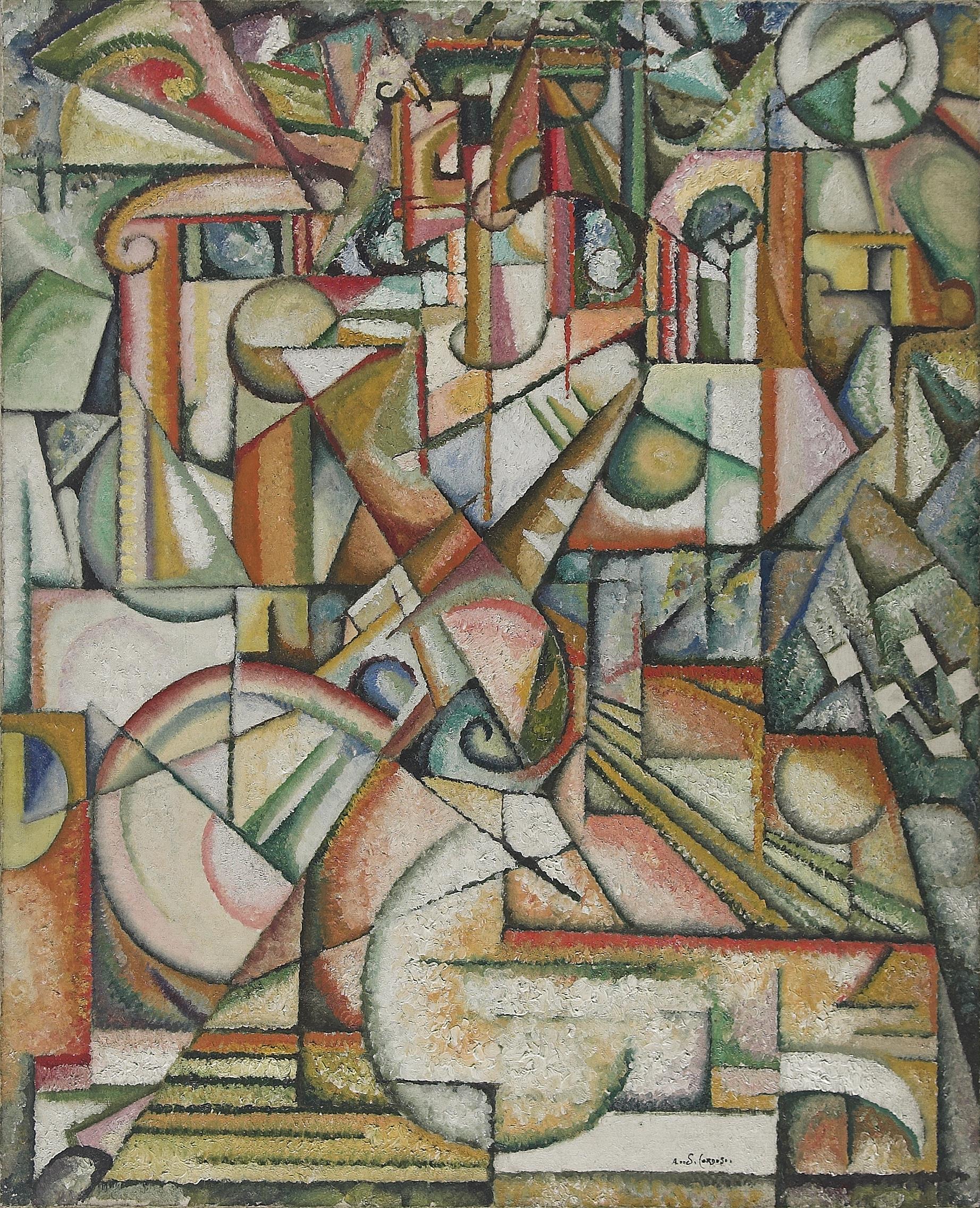
Título desconhecido, Inv. 77P14
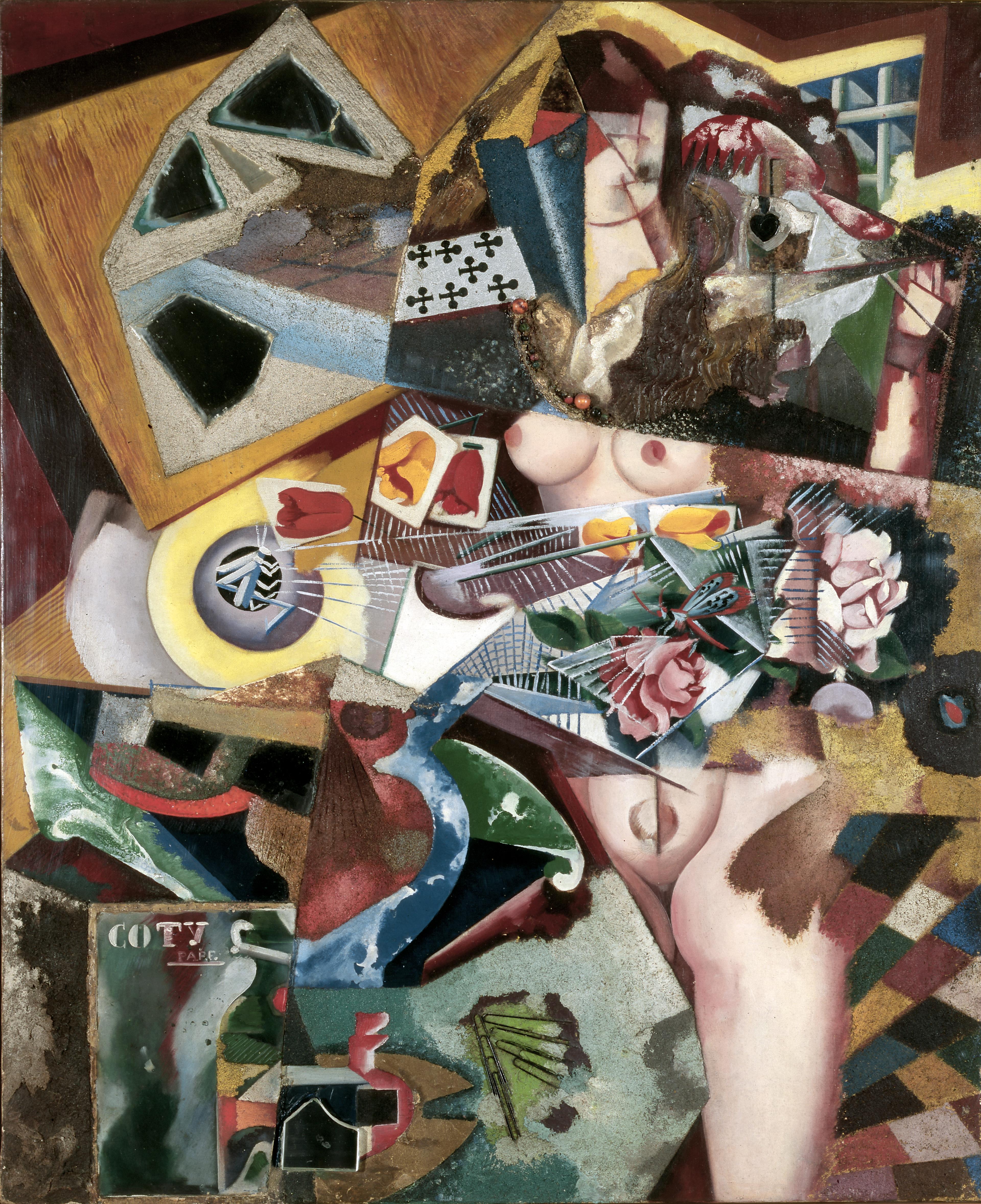
Título desconhecido (Coty), Inv. 68P11

Título desconhecido (Entrada), Inv. 77P9

Título desconhecido (Entrada), Inv. 77P9
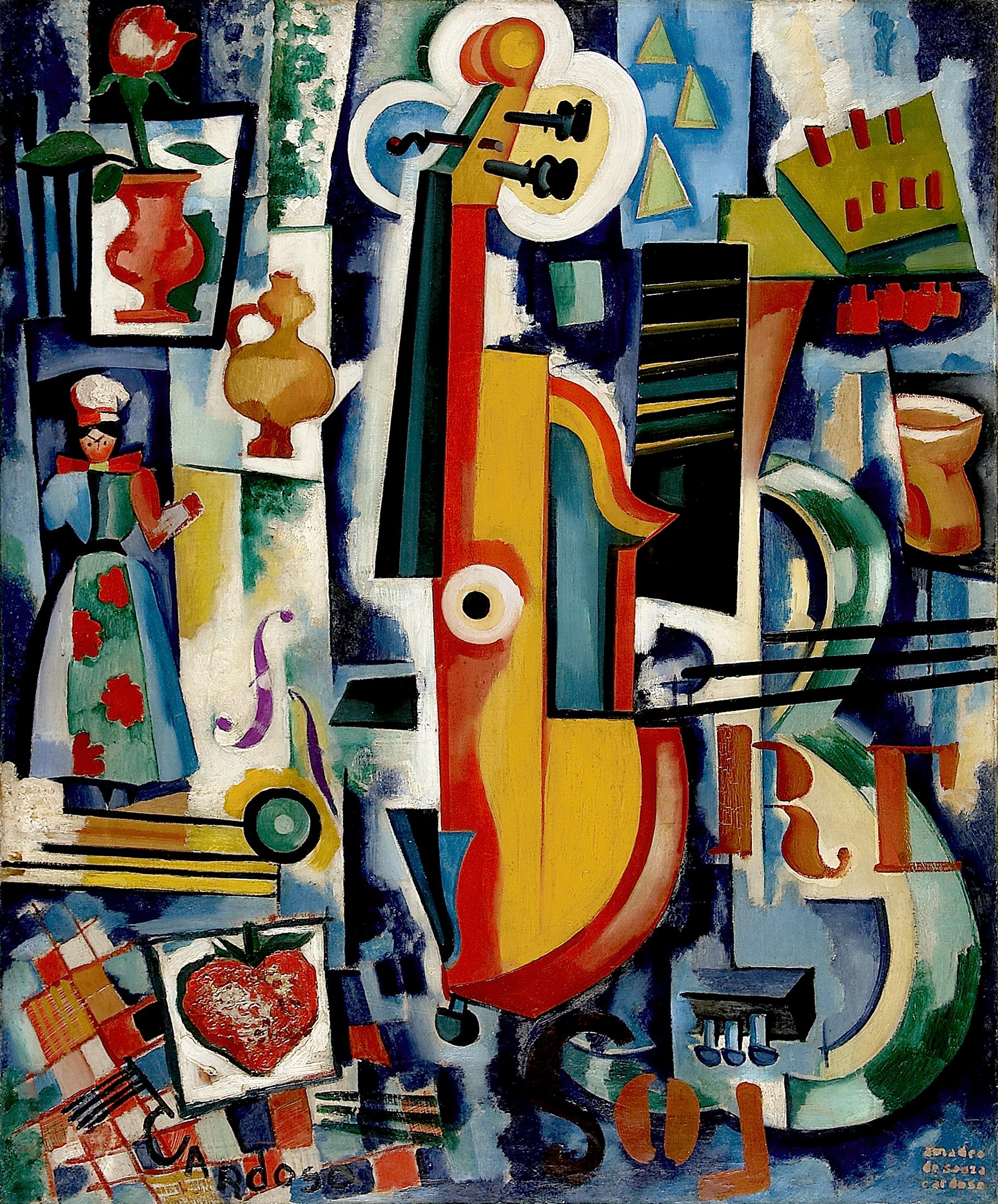
Trou de la serrure PARTO DA VIOLA Bon ménage Fraise avant garde, Inv. 68P17
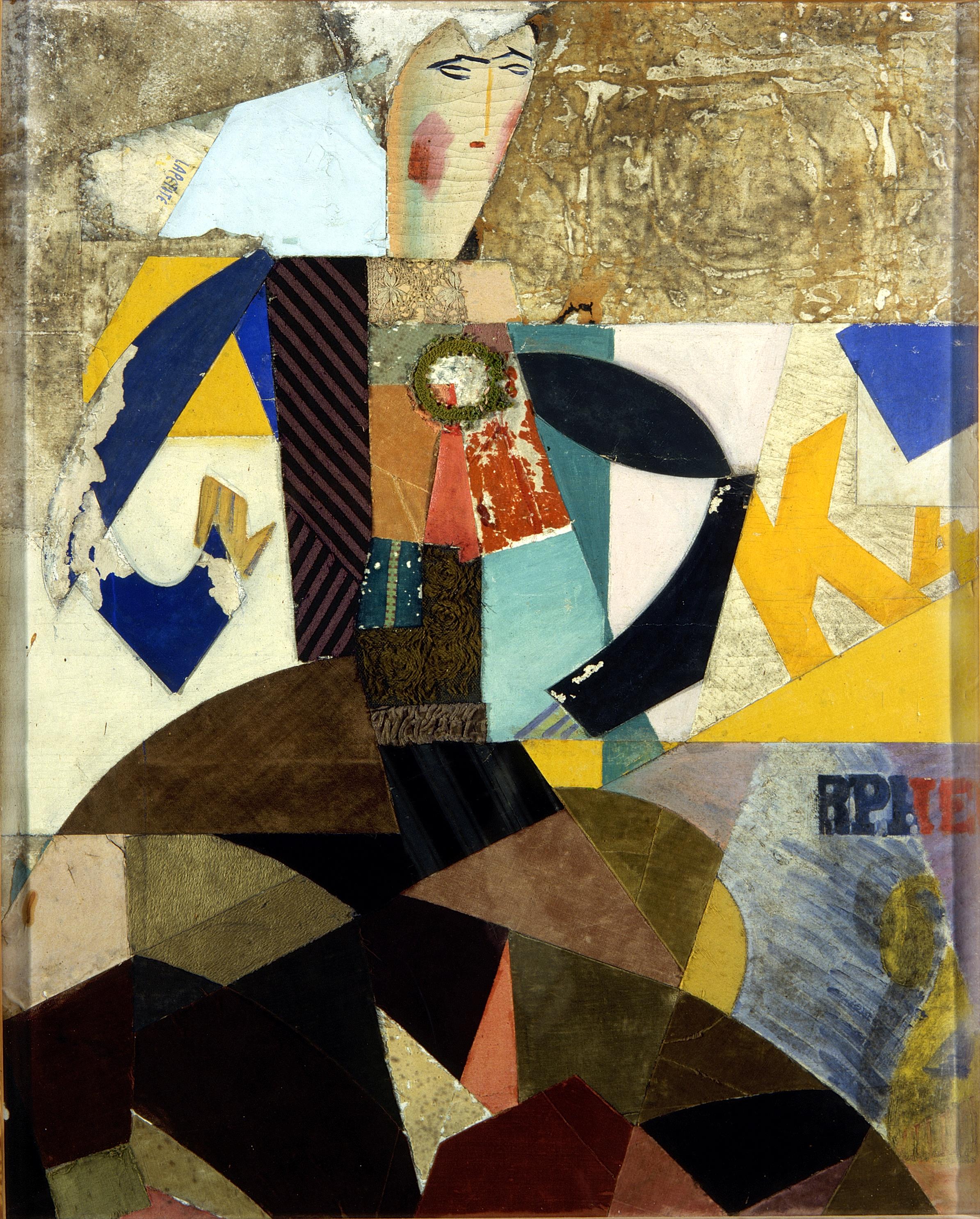
"La petite", (1917) / Inv. 69P38
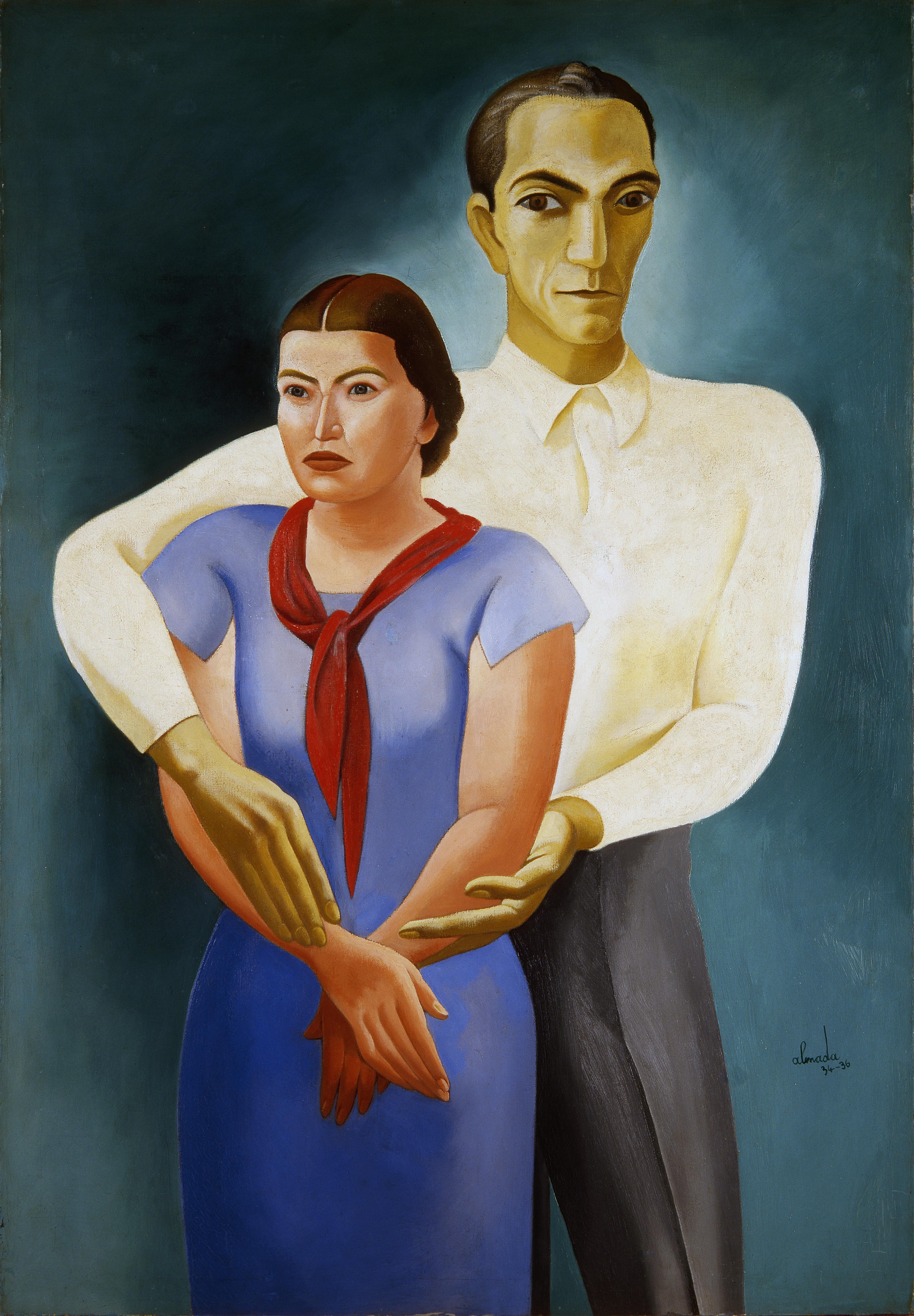
Duplo retrato, Inv. 62P260
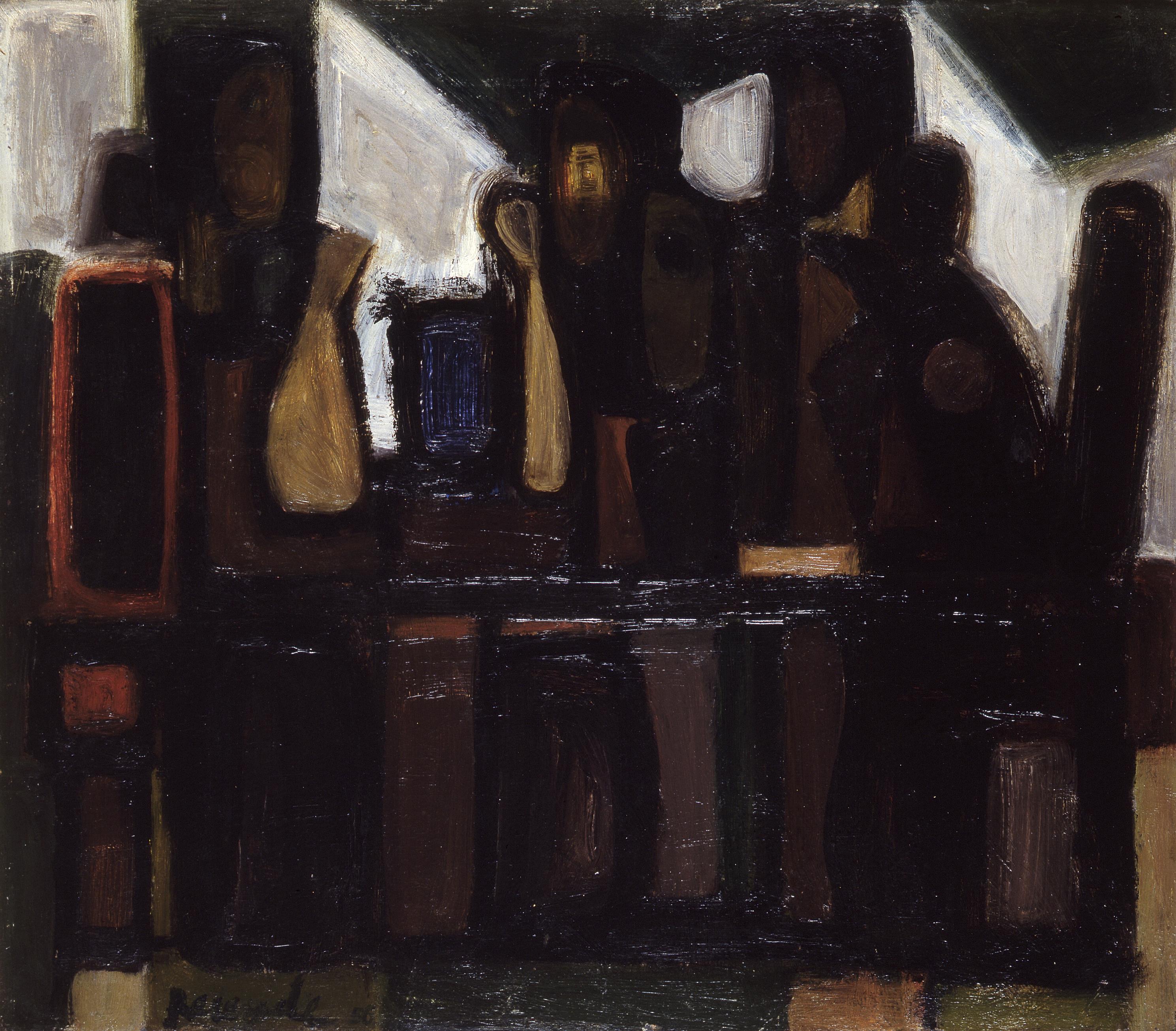
Figuras à mesa, 1956 / Inv. 71P919
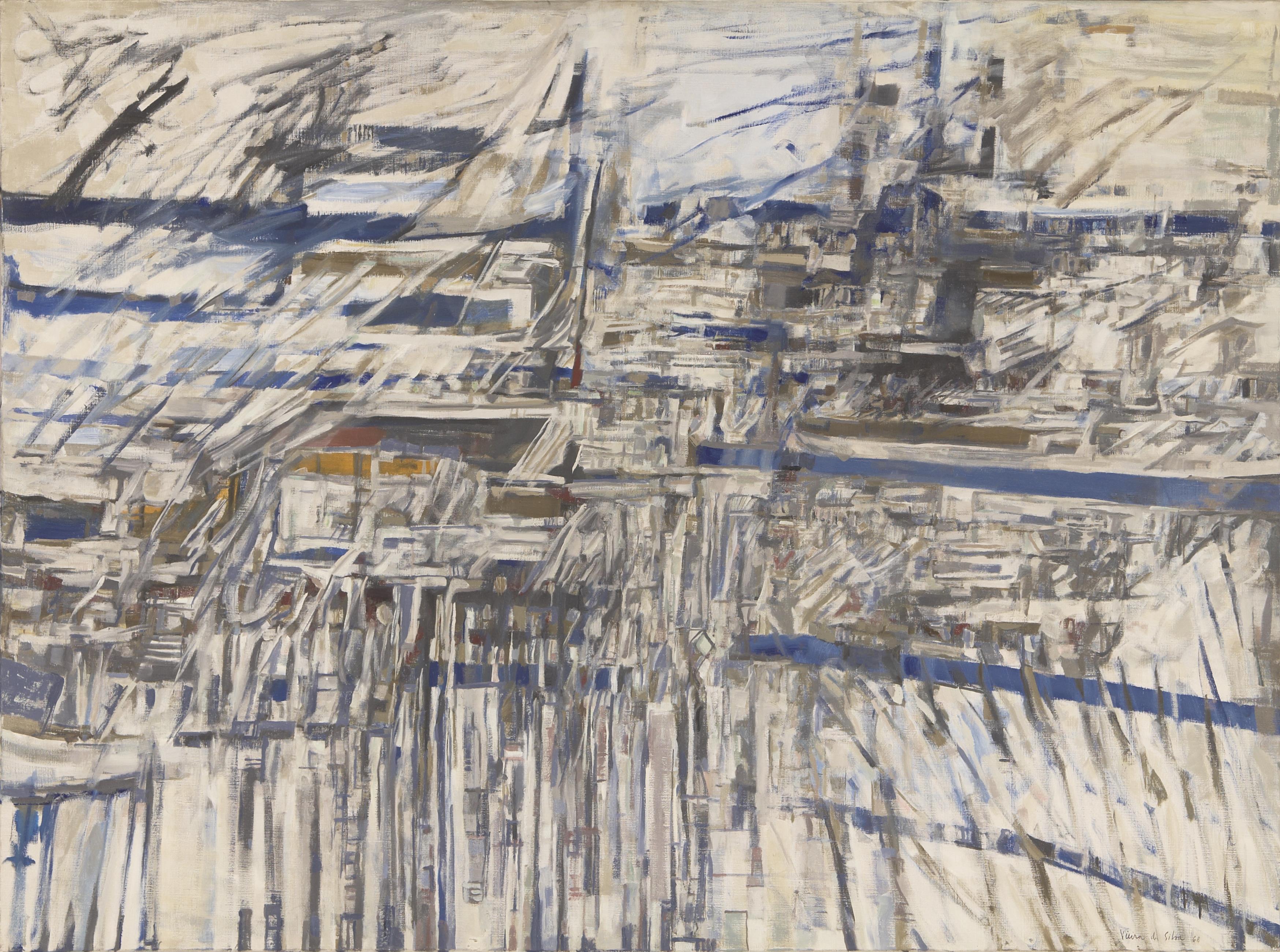
L'aire du vent, Inv. PE102

Landgrave, Inv. PE103

Branca Flor – Pombas a tomar banho - Série Os Contos Populares Portugueses, Inv. DP242
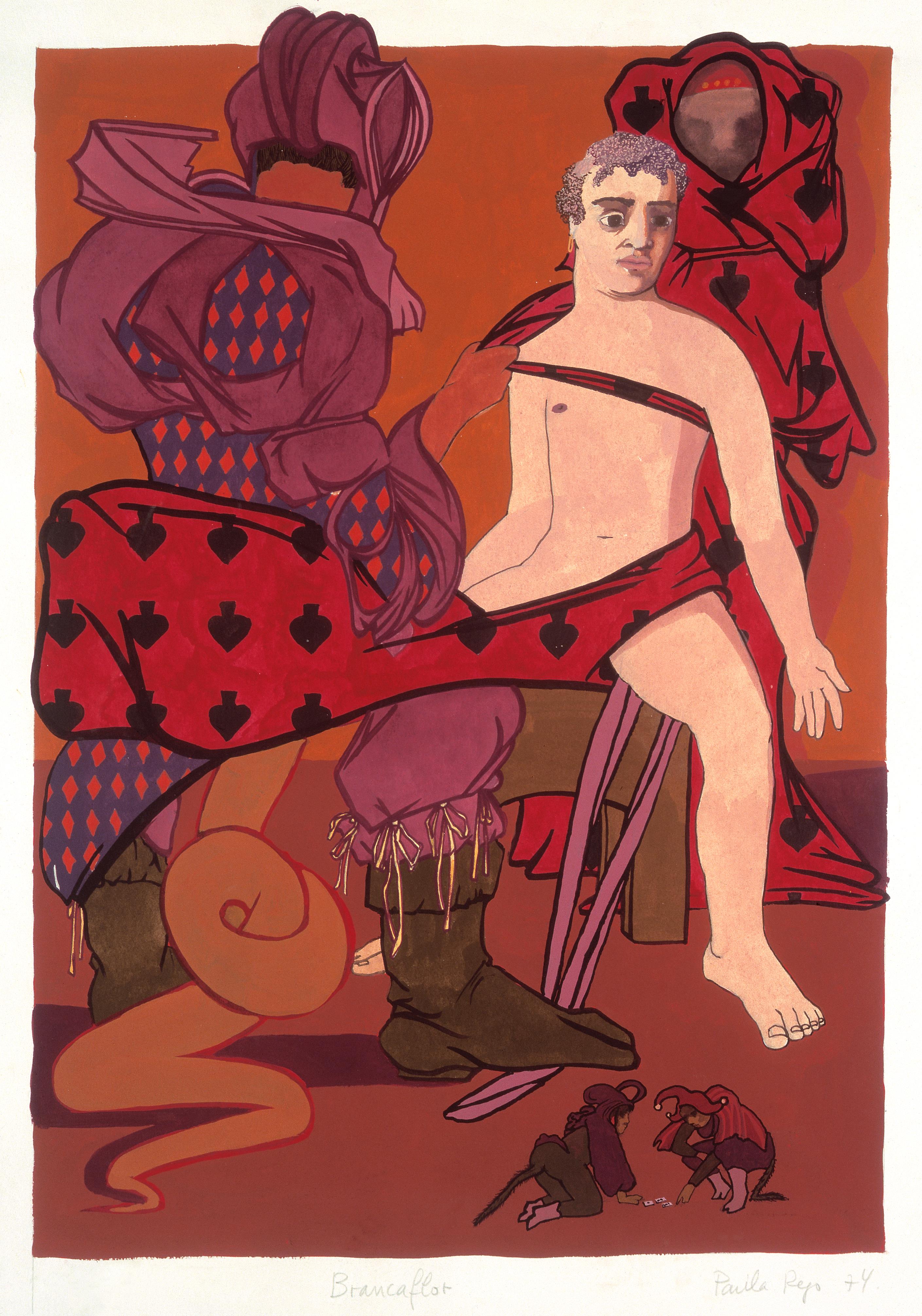
Branca Flor – Rapaz a brincar com o Diabo - Série Os Contos Populares Portugueses, Inv. DP241
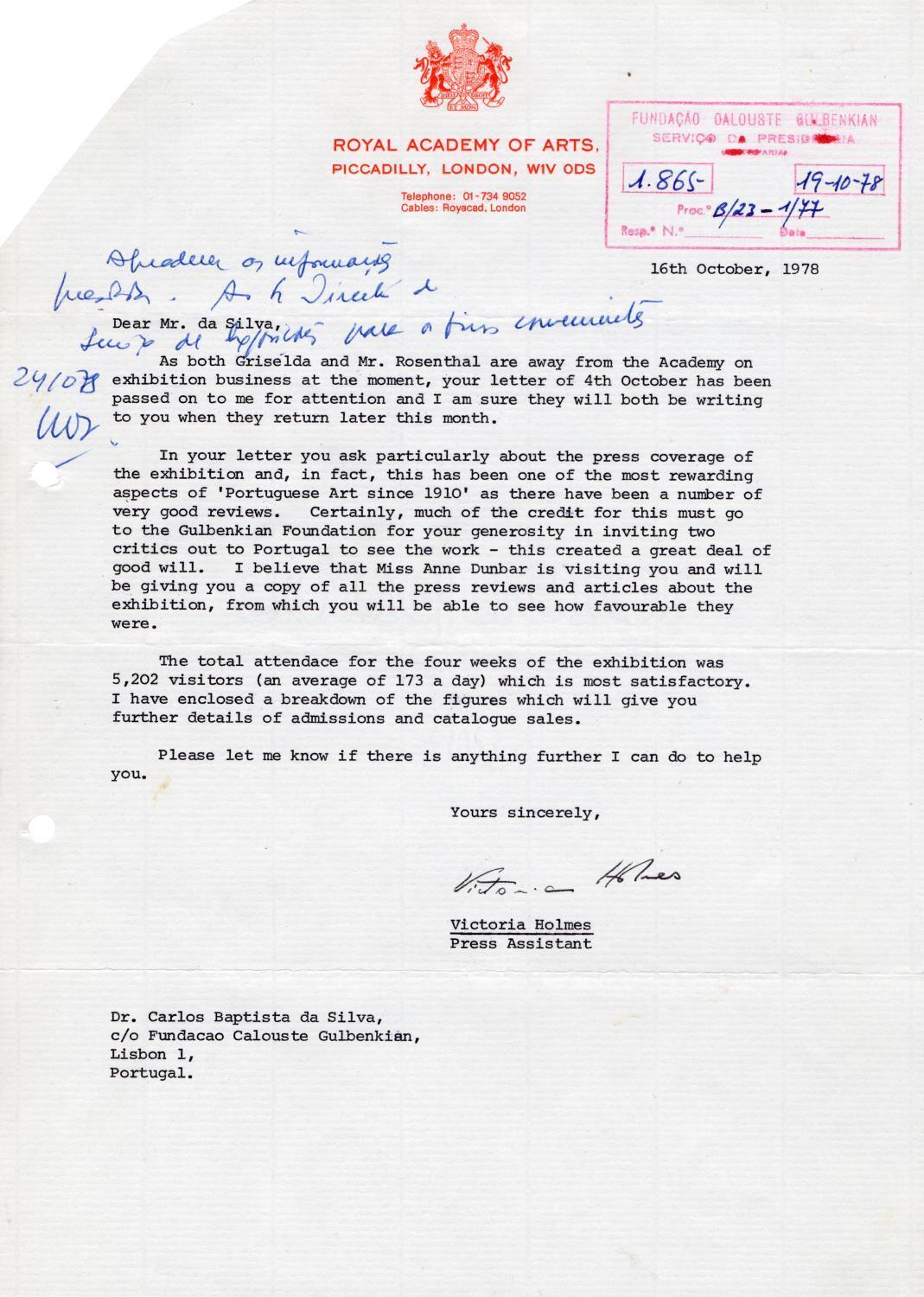
16 out 1978

17 jul 1978

9 mar 1977
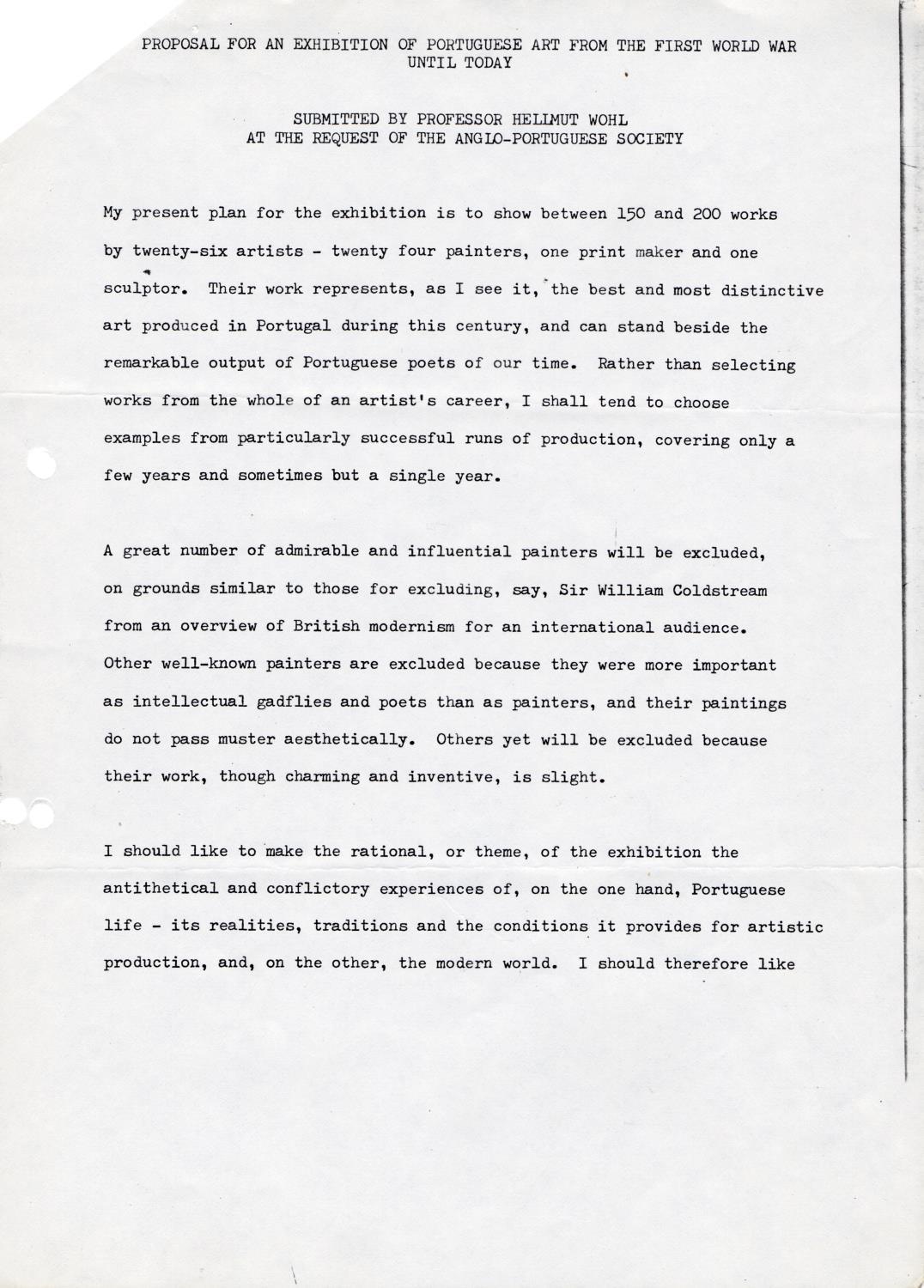
1977

Lisboa, dez 1978

1990 / Sede Fundação Calouste Gulbenkian, Lisboa
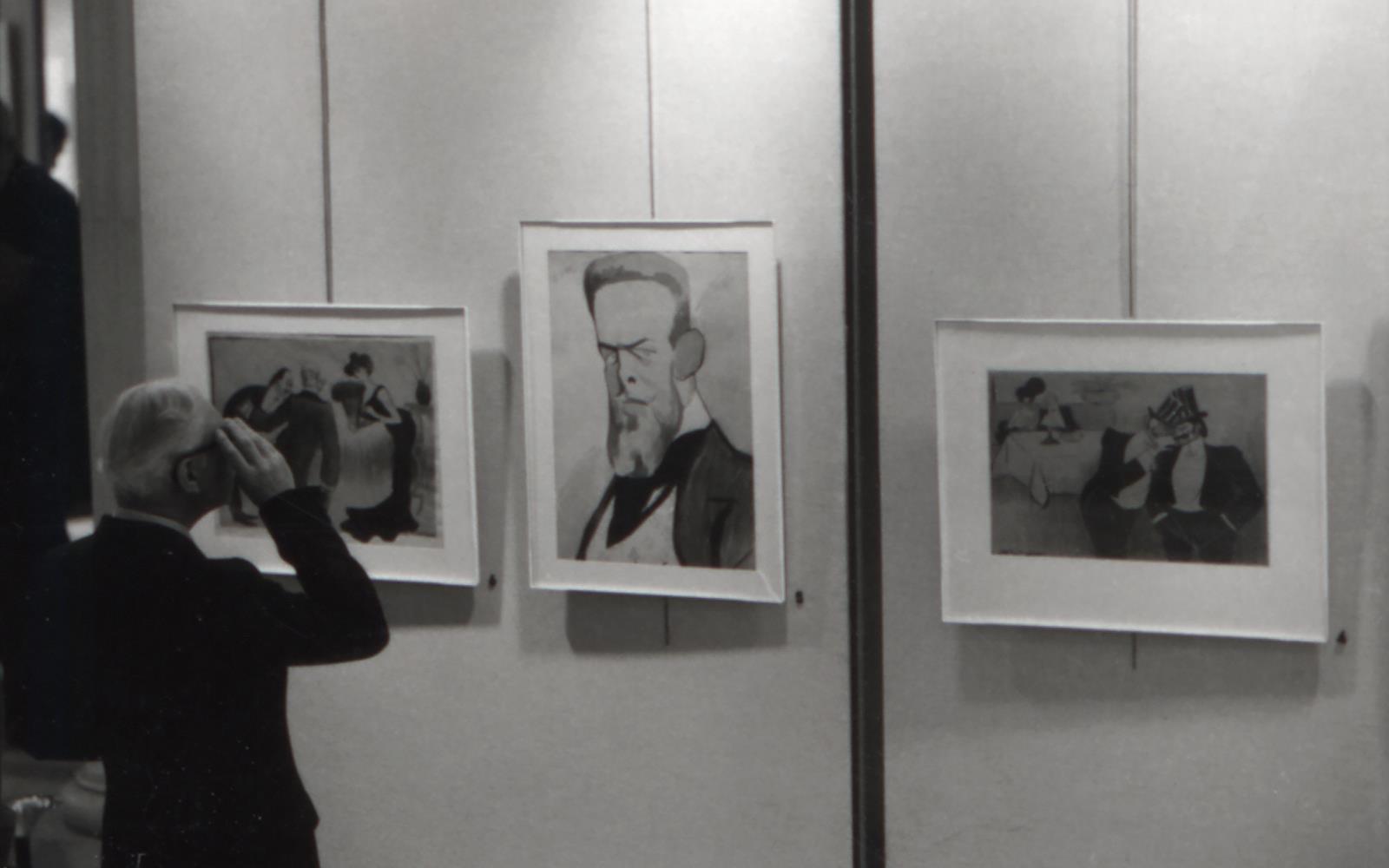
1981 / Centre Culturel Portugais, Paris

1989 / Sede Fundação Calouste Gulbenkian, Lisboa